The objective of this renewal is to showcase Brazil as a pluralistic, multicultural country with a diversity of forms, ecosystems, rhythms, and colors. It is a country with a clear international outlook that wants to reaffirm its commitment to sustainability. In this sense, the return of Lula Da Silva as the President of Brazil has been crucial in the brand's evolution, allowing a departure from the identity nationalism that marked the last four years under the mandate of Jair Bolsonaro.
Beyond personal preferences, the current (new-old) logo has reminiscences of Colombia and is much more diverse, broad, and responds to Lula's guidelines, being less "Brazil for export." The country brand is a powerful tool that must have total coherence and a great crossing in all aspects of a country's life, as a summary of its culture and strategy for presenting itself to the world. A brand needs to feed on constant congruent actions.
In terms of branding, Da Silva's return as President has significant meaning because it implies a strategic change in the country's positioning in the world. Under the new mandate, the tourism and export departments merge, and the Brazil Brand returns as a country brand representing the country in the trade of products, services, and tourism. The brand will once again be used on Brazilian industrial products for export, in partnership with APEX Brasil.
In the tourism sector, the brand will be resumed in sector publications and all tourism-related businesses, such as airlines, tour operators and travel agencies, hotels, and inns, in addition to various events in Brazil and around the world.
Regarding the logo and name, Brazil is spelled with "S" in Portuguese and not with "Z" in English. The Brazil brand's logo is one of the longest-lasting in the Latin American region, originally designed in 2005 and revised in 2013. It has set a trend in other country brand logos in the region, such as Colombia.
The Brazil brand logo consists of a sum of color layers to identify the essence, culture, and Brazilian lifestyle. The undulation offers that sense of movement typical of Brazilians. Brazil is a country that conveys color, joy, movement, modernity, and diversity. These elements are united in both people and biodiversity and the richness of its natural environment.
The Brazil Brand emerged from the Aquarela Plan presented in 2004 and developed by the Ministry of Tourism. An ambitious plan that was born from extensive research with interviews with over six thousand people in 18 countries. The study's result highlighted five values for the Brazil brand's positioning: Nature, Modernity, Diversity, Identity, and Energy.
Currently, the Brazil brand is a recognized symbol internationally. It represents a vibrant country that combines natural beauty and modernity in a perfect fusion. The brand's new design aims to showcase Brazil's cultural, social, and natural wealth, highlighting its multiculturalism and commitment to sustainability.
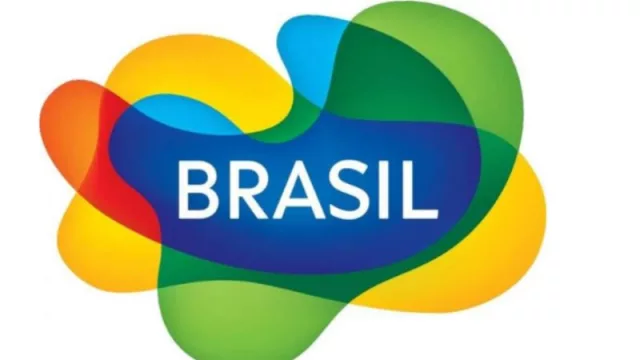
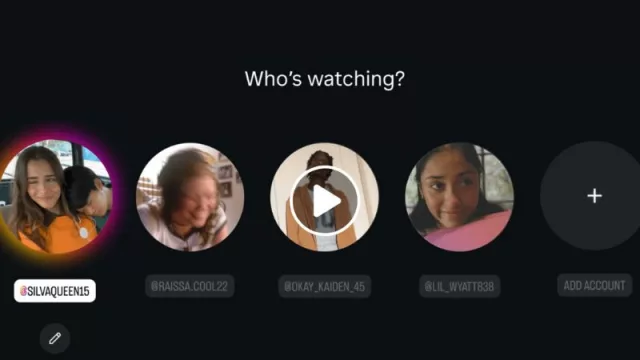



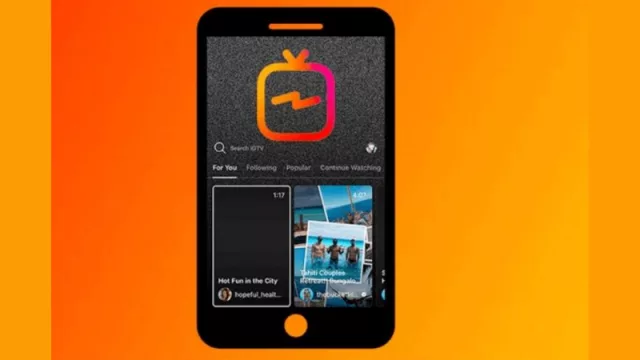
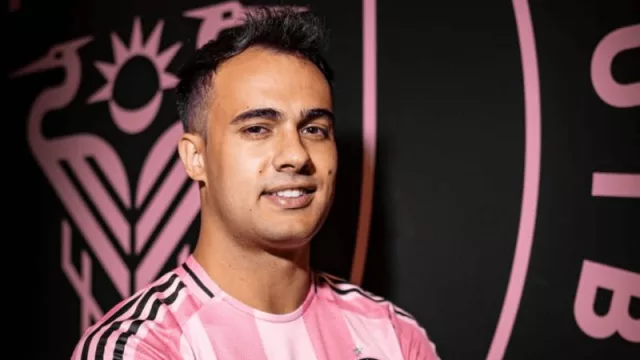
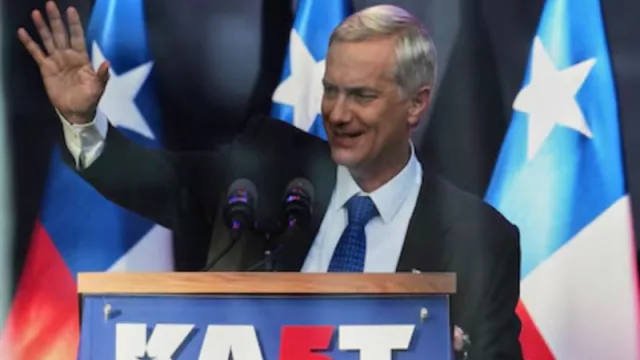

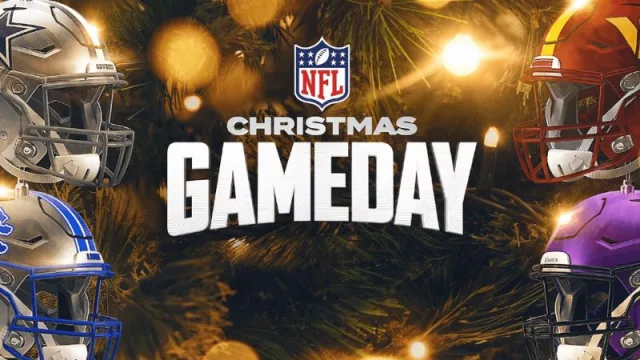
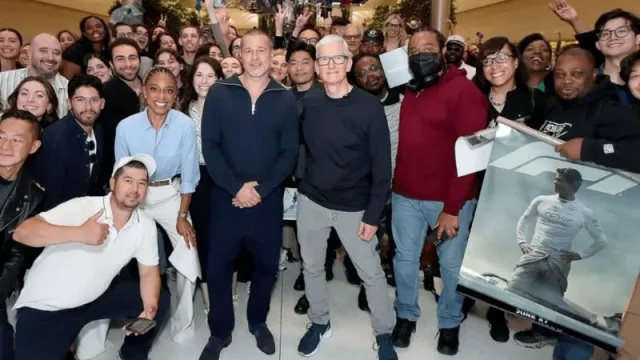

Tu opinión enriquece este artículo: